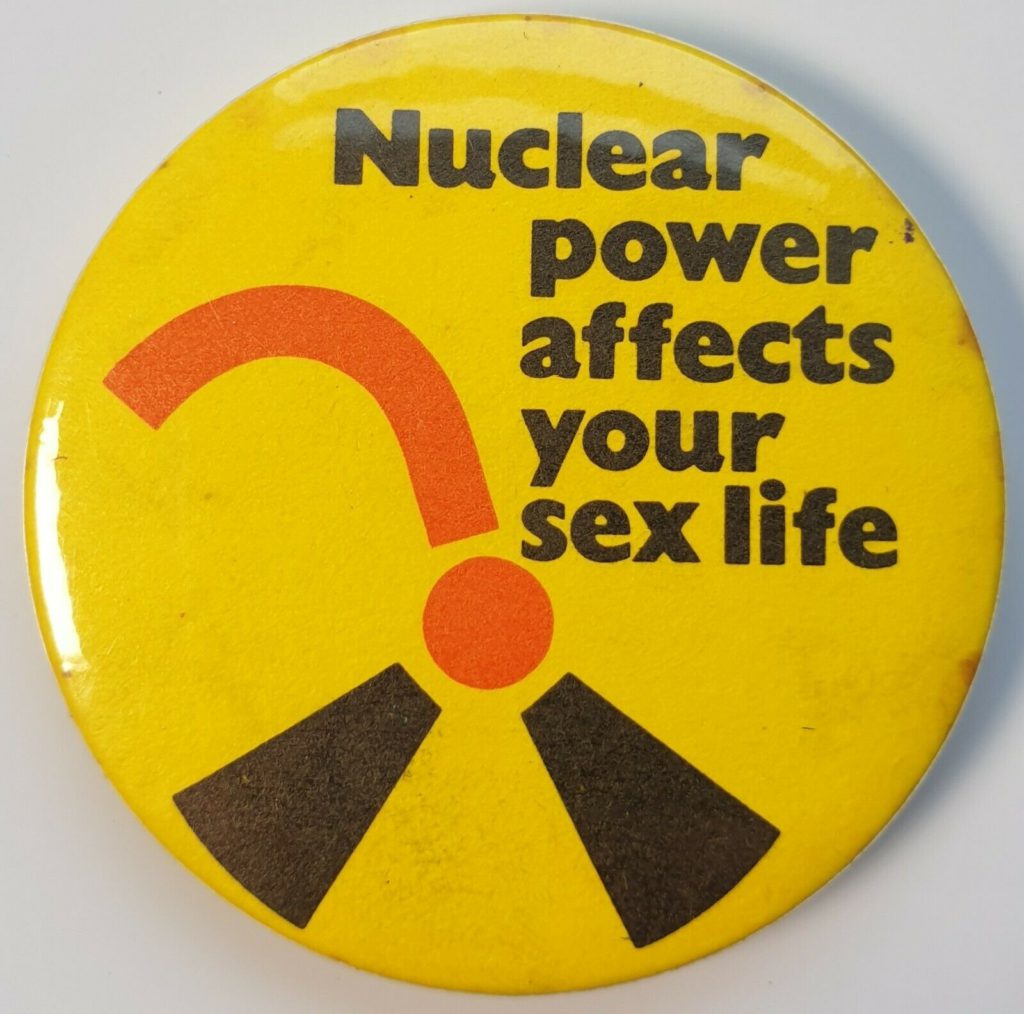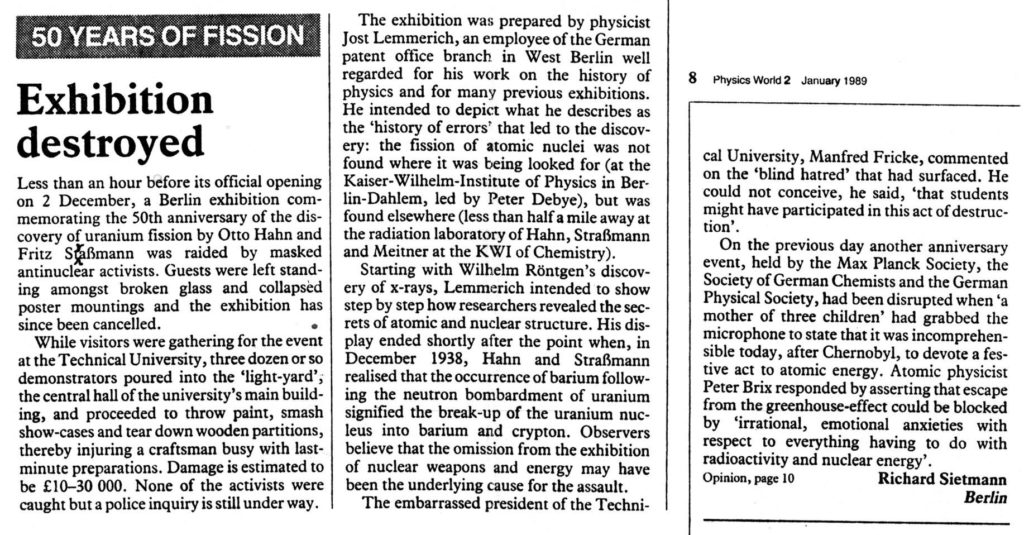The “Juneteenth” holiday, and the recent death of disgruntled mathematician Ted Kaczynski, bring me back to the question of the as–yet unfinished work of emancipation, which somehow requires me to cast aspersions on the literary works of Herman Melville and James Joyce. Regardless of that, however, I consider the Marxist idea of historical inevitability, and the doctrines of economics as taught in the business schools, as modern equivalents to the old idea that the existing order of society is the direct manifestation of the Will of God, and it is not only impious but futile to imagine that it could be any other way. This I regard as extraordinarily dangerous and destructive, because we humans are at this time more masters of our own destiny than has ever been true in the past.
- Archive Recording
- 2023 ASFO Masterpost
- A Step Farther Out Masterpost
- Previous Week
- Following Week
- Patreon campaign
Supplementary Shows
- 2023–06–20 I commence reading the South Sea Bubble chapter of Extraordinary Popular Delusions and the Madness of Crowds.
- 2023–06–23 Conclusion of the South Sea Bubble, and my reflection on its relevance to current affairs. Probably all I will read from this book. Also, at the beginning, one brief extract from Science–Fiction : The Early Years by Bleiler.



